For every Vizag dweller, the name Kurupam strikes a chord owing to the abandoned monument on the Pedda Waltair road, the memorial of the Kurupam Rani. While the history of the tomb is widely publicised in the name of Vizag’s Taj Mahal, the story of its namesake is hardly known. John Castellas, a Vizag heritage enthusiast and aficionado, accounts the life of Kumari Lakshmi Narasayamma, the Rani of Kurupam and youngest daughter of Maharajah Sir Goday Narayana Gajapathi Rao.
She was Kumari Lakshmi Narasayamma Patta Mahadevi, second daughter of Maharajah Sir Goday Narayana Gajapathi Rao, KCIE, and his first wife, Janakiamma, daughter of Madina Jugga Rao, CSI. She married Rajah Vyricherla Virbhadra Raju Bahadur, Zamindar of Kurupam, on 19 May 1897 at Vizagapatam to become the Rani of Kurupam.
As Rani of Kurupam, she had three children. Her sons were Rajkumar Narasimha Suriyanarayana Raju (1898-1926), Rajkumar Narayana Gajapathi Raju (b. 1900) and had a daughter, Rajkumari Janaki Ratnayyamma (1899-1944). After six years of marriage and three children, the Rani of Kurupam died in July 1901 of malarial fever at childbirth of twins who were also lost.
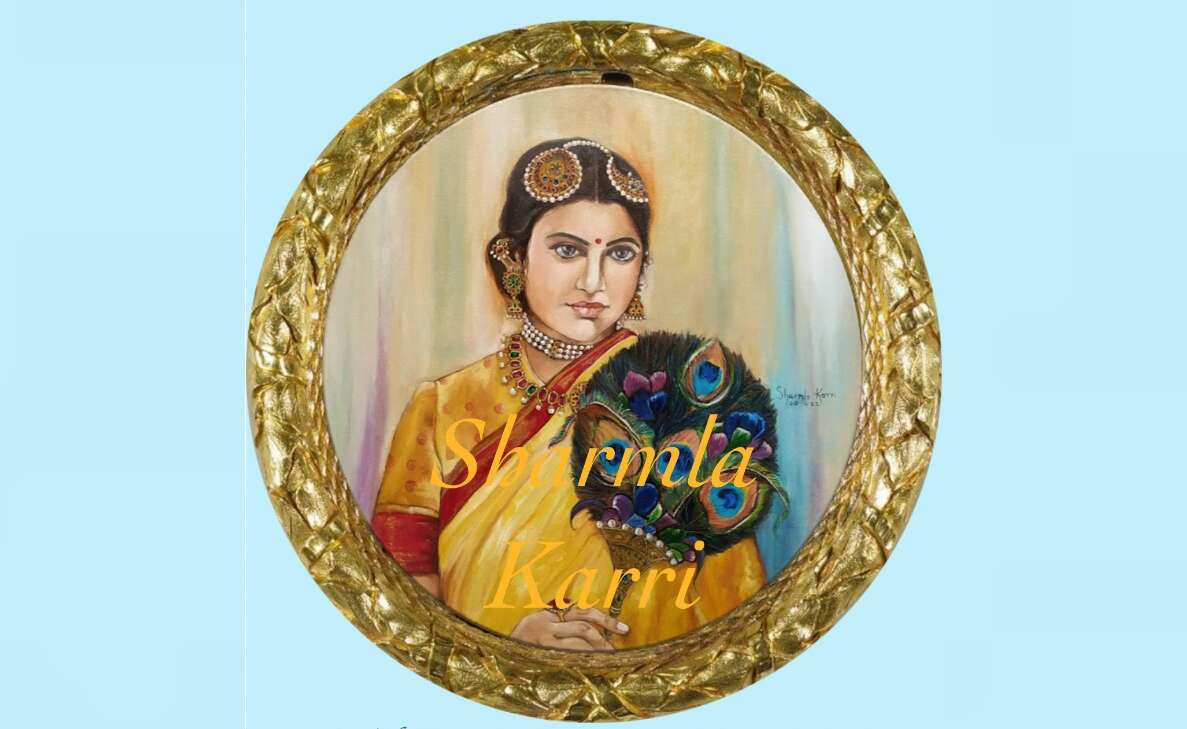
Today, her great-grandchildren still reside in Vizag. Through marriage, they interlink the local noble families of Kurupam, Vizianagram, Gangpur, Daspalla, and Chemudu.
On 22 April 1904, the wife of the District Collector Mrs Campbell, in the presence of many Indian and European guests, unveiled a Memorial Fountain in front of The Mahal, the Goday family’s palatial residence in Godayvari Veedhi in Vizag. The Rani’s stepmother, Maharani Gajapathi Rao, had erected this fountain in memory of the Rani of Kurupam.
Like her elder sister, the Rani of Wadhwan, a European Governess brought up the Rani of Kurupam in an English fashion, without detriment to their national character under the motherly care of their step-mother, Maharani Chitty Janakayamma. The ladies of the family were all very accomplished in English, Telugu and Sanskrit. Her uncle GL Narsingha Rao was a significant influence in her upbringing as a young girl and she mixed in British Society at the Waltair Club, but after marriage, she retired to the seclusion of the purdah.
In 1894, her father, then Rajah Goday Gajapathi Rao, built a Women’s Gosha hospital in Vizag and named it Lakshmi Narasayyamma Zamana Hospital. In 1897, the Rajah renamed the hospital the Victoria Caste and Gosha Hospital in honour of the Diamond Jubilee of Queen Victoria.
On her death, the Madras Mail of July 1901, reported on the grand funeral and cremation that was conducted for the Rani. …’ The cremation took place at noon on the grounds adjoining the residence of the Rajah at Waltair. Hundreds of people from Vizagapatam, Alipore and Waltair turned out to witness the ceremony. The Rani’s body was dressed in the costliest of silks and was carried through the streets on her white landau drawn by four horses. The ceremony was carried out by the Rajah with the help of Brahmin priests.’
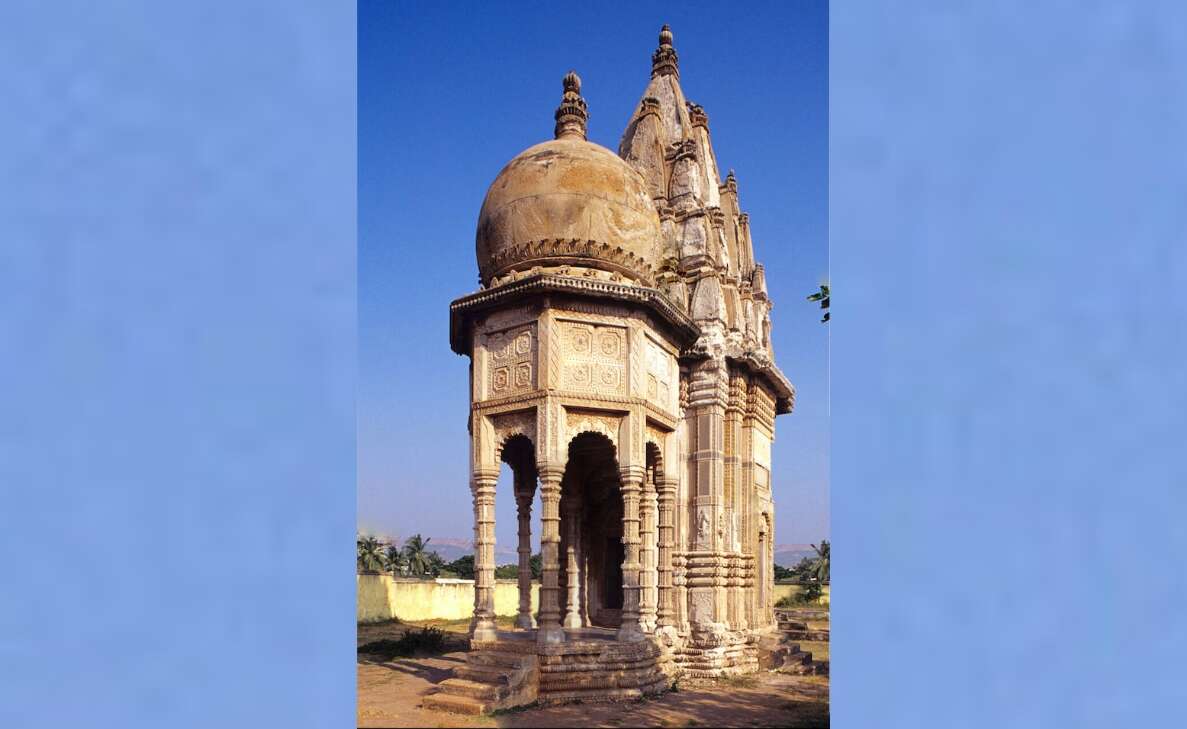
On this site, the grieving Rajah constructed an edifice known varyingly as Kurupam Tomb, Jnana Vilas, Prema Nivedana Rupam, and Gyanvilas or as Vizag’s Taj Mahal. It is nestled into a forgotten corner of the one-time sprawling Kurupam Estate that was once much of Uplands Waltair. It was completed on 8 July 1905. Like the Taj Mahal, the monument was intended to be an enduring symbol of love and devotion. Its striking mix of Mughal, Rajasthani and European architectural features is akin to the temple design and stone workmanship of other Indian monuments. ‘Vizagapatam Blue’ granite inserts adorn the outer four sides of the shikhara. English poetic inscriptions on them praise the love and devotion of the late Rani. One English inscription is quoted as saying…’ Here lies the body of my dearest Lakshmi and the heart of Virbhadra Raju’. Inside the sanctuary are Sanskrit shlokas of the Bhagavad Gita in the Telugu script.
In 1905, the Rajah commissioned a marble effigy of the Rani to be housed under the canopy of this monument. A renowned French sculptor, Charles Desvergnes produced the marble statue and it has not been seen or heard of until it appeared in the catalogue of Marcel Marron who was an agent for such sculptures in 1912. Today, a 2-1/2 foot (78 cm) model of the statue is on display as ‘La Ranee’ at The Desvergnes Museum in Bellegarde-du-Loiret near Paris. The original marble statue was shipped to Vizag but, according to Archeological Survey of India photographs of that era, it was never installed in the Kurupam memorial in Waltair.
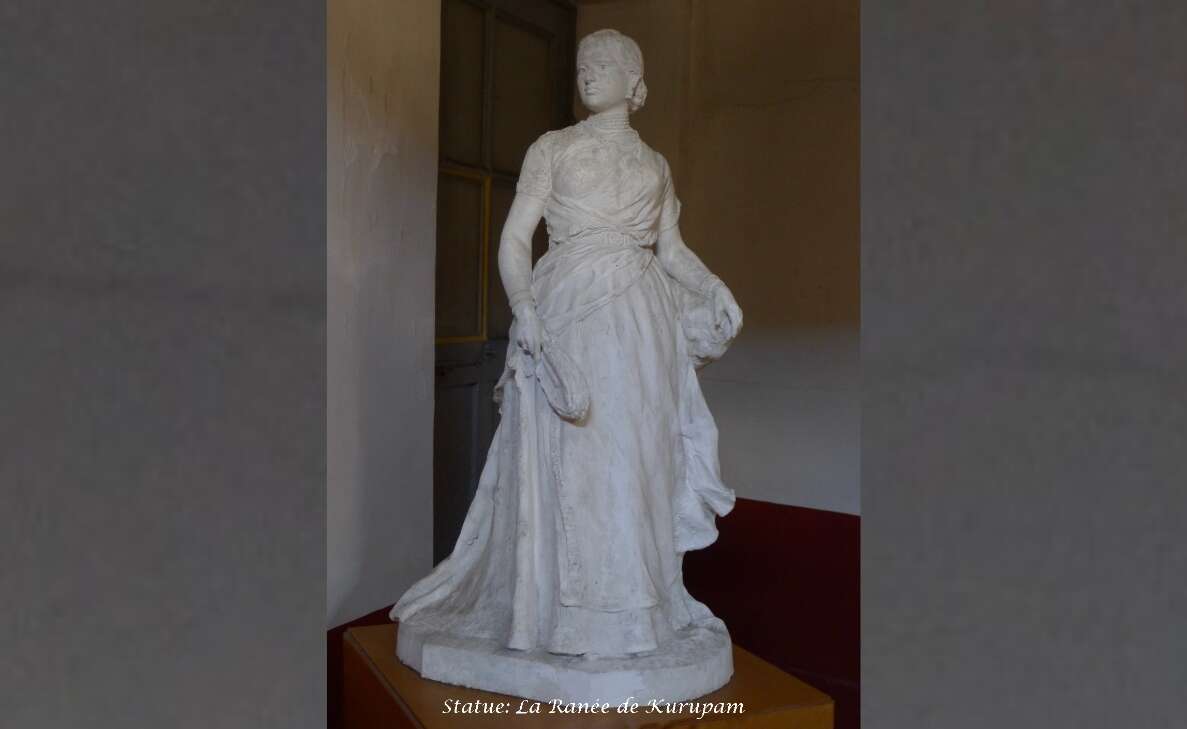
The Rajah of Kurupam had also commissioned Raja Ravi Varma, the renowned Indian artist, to paint a full-length portrait of himself and his Rani. Raja Ravi Varma’s diary notes state the agreed price to be Rs 2,000 in 1905.
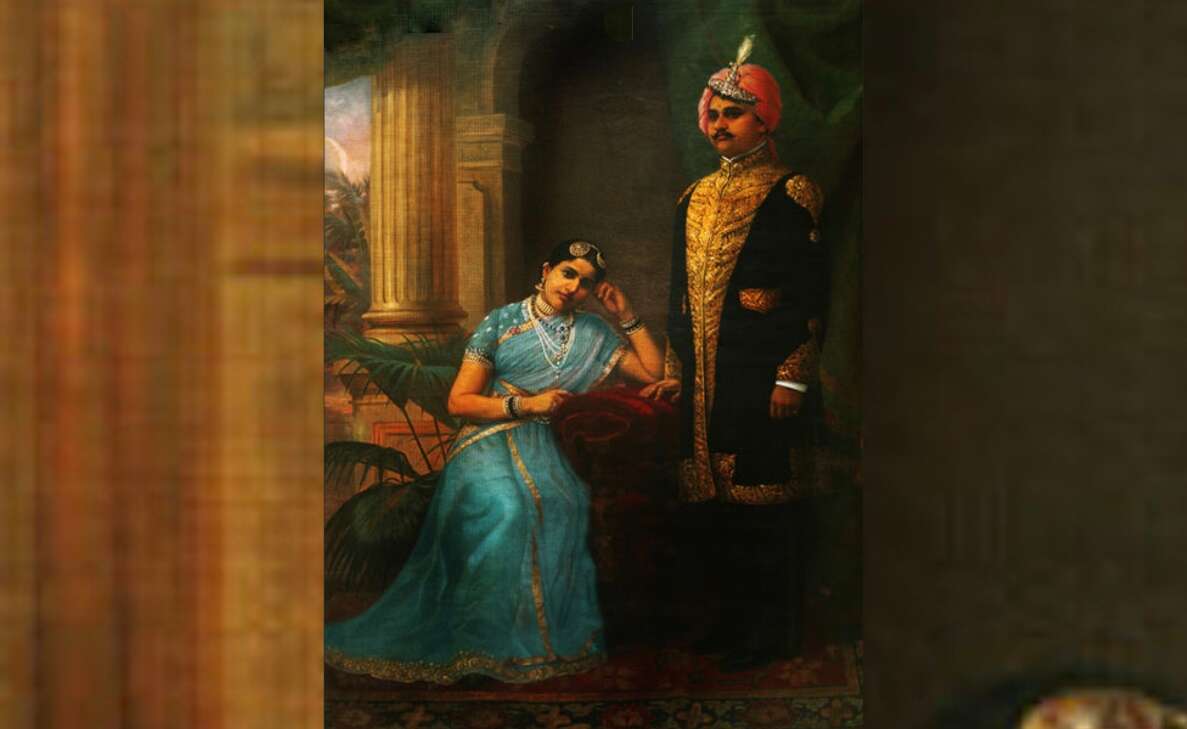
The Rani of Kurupam died young, but her descendants have inherited her sense of civic pride, community leadership and philanthropy as evidenced by the hospitals, temples, schools and homes for the poor and ill that they have donated to the citizens of Vizag.
This article is the fourth in a series of four articles about the Last Maharajah of Vizagapatam, the Maharani and two daughters, the Rani of Wadhwan and Rani of Kurupam. The portraits are painted oil on canvas by Vizag artist Sharmla Karri from photographs in European archives. As the ladies lived in purdah after marriage, their images were photographs taken before marriage.
Should you have an anecdote or history on Vizag, the author would appreciate you contacting him at jcastell@ozemail.com.au
Written by John Castellas whose family belonged to Vizag for 5 generations. Educated at St Aloysius, migrated to Melbourne, Australia in 1966, former General Manager of Engineering at Boeing & Qantas Airways, in retirement Lecturers in Aviation Management at Swinburne University and is a Vizag aficionado.
Stay tuned to Yo! Vizag website and Instagram for more heritage stories.


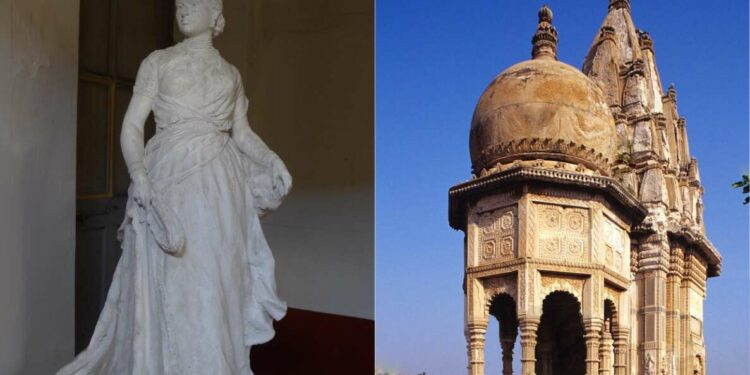







Discussion about this post